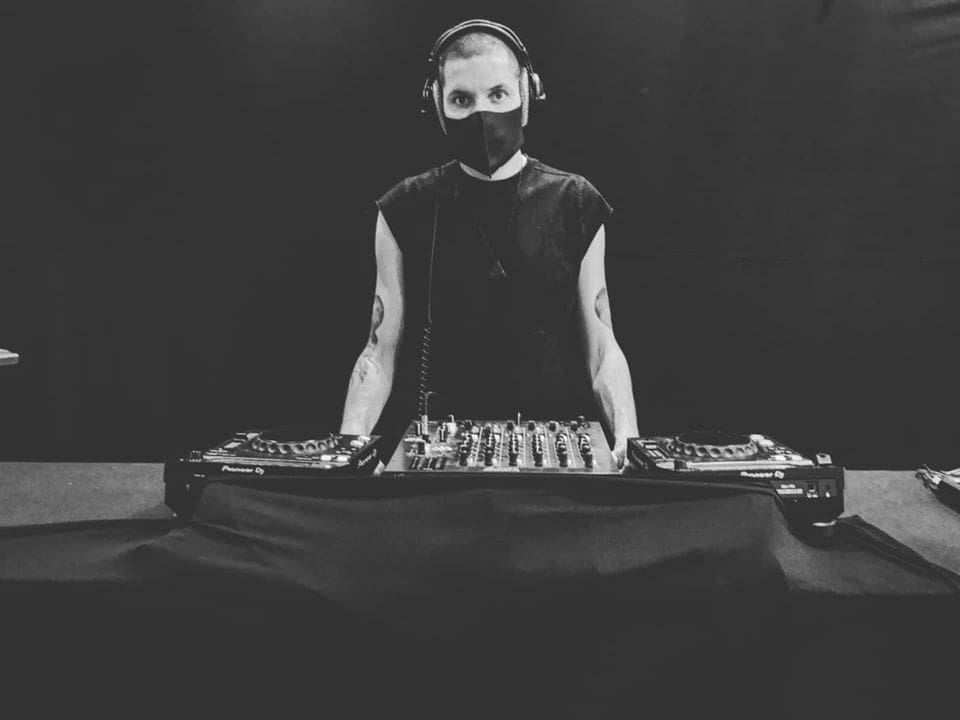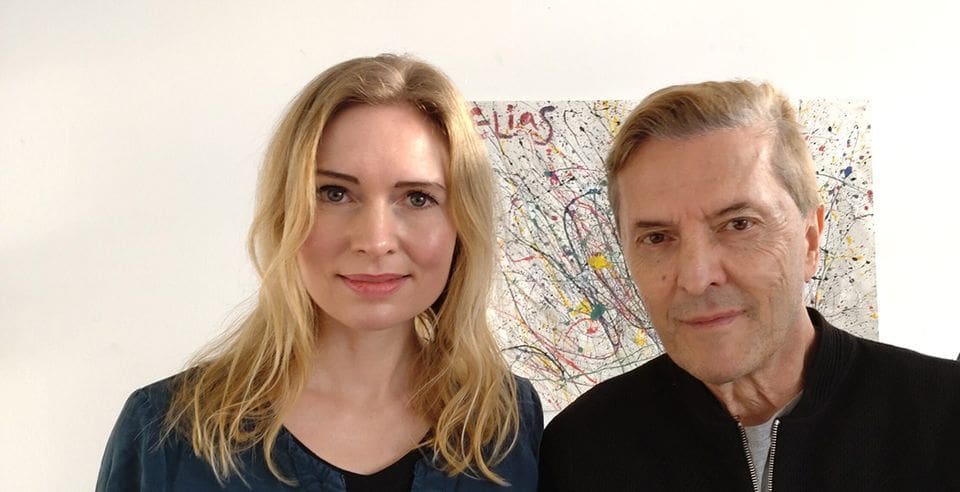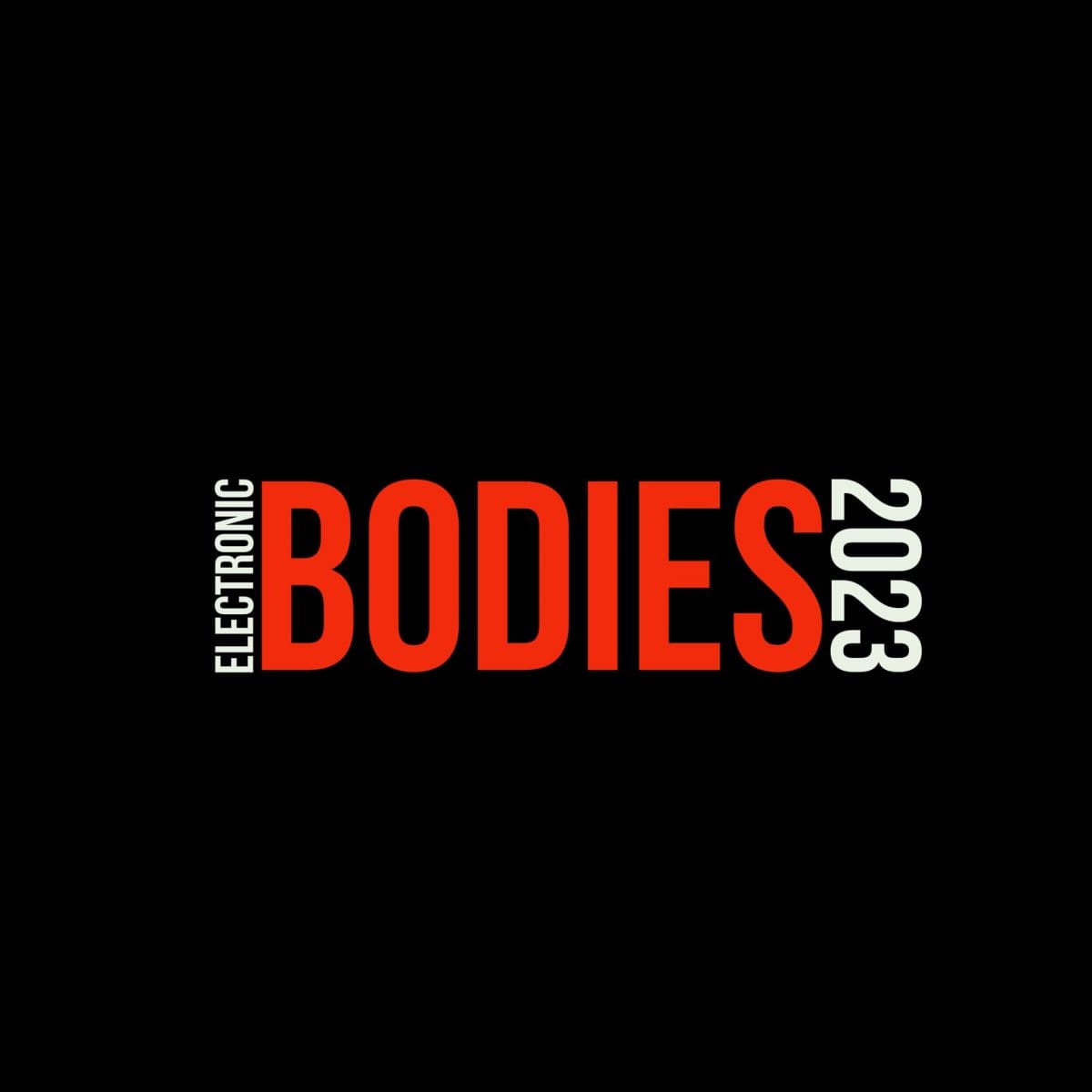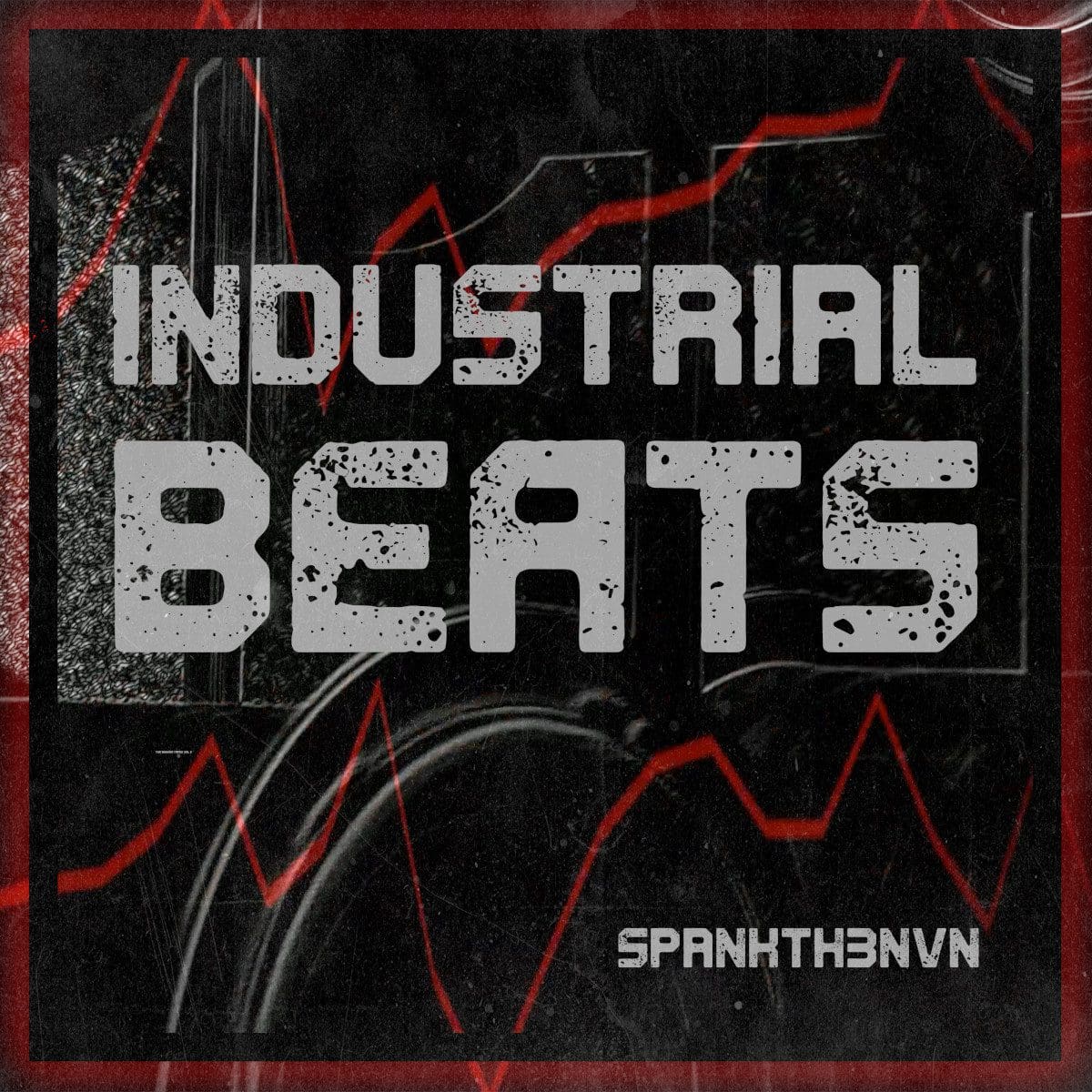‘Click Interview’ with Crystal Geometry: ‘I Often Think That My Best Tracks Are The Ones I Spent Less Time On’


Crystal Geometry is a project set up by French producer Maxime Fabre. As the artists says it is his ‘techno project’, which is driven by hard techno elements and minimal-electronics with some EBM on top. After having released some noticeable EP’s on labels such as Hands, Tripalium Records, RND.Records and of course Sonic Groove, the debut full length “Senestre” (Sonic Groove) has been unleashed this year. The work has been introduced as ‘a rebellion against oppressive powers’. So this is what Maxime Fabre has to say about it.
(Courtesy by Inferno Sound Diaries)
Q: Maxime, I think you were previously involved with metal music. So how did you get in touch with electronic music? And do you see similarities between metal music and your ‘techno’ style?
Maxime: As a listener when I was teenager I got interested in the feeling of violence in music. In a couple years, scanning through different subgenres, I went from listening to Iron Maiden and hard-rock bands alike to Mayhem and black-metal. I was interested in the most extreme form of music.
That’s how I found out about hardcore/speedcore and how started my journey into electronic music. I guess the regular use of guitar sounds and vocals in the tracks I have produced as Crystal Geometry might be considered as similarities between metal and my style of techno
Q: Tell us a bit more about the Crystal Geometry-sound properly speaking? What’s the main goal when you start working on a new track?
Maxime: What I am usually trying to achieve is a correct blend of influences, I am trying to sound like Atari Teenage Riot meets Burzum meets DAF and the result should be able to move a crowd of freaks raving in an abandoned weapon factory (lol).
Q: I think to have read you’re very demanding when it comes to your work. What does this say about yourself? Does it mean you consider a track as never achieved? And how would you analyze your personal evolution as artist/producer?
Maxime: I am not really a perfectionist when it comes to production, I often think that my best tracks are the ones I spent less time on. If a track takes longer than a couple of days to produce it almost means I won’t finish it ever.
When it comes to performing it’s all very different for me and I am almost never satisfied with my performances. I always think I should have done better and that there was so many things that went wrong.
Q: You recently released the new album “Senestre”, which is meant as ‘a rebellion against oppressive powers’. Is this an album with a message or just a kind of rebellion? How did you transpose these feelings/ideas into sounds and tracks?
Maxime: It’s not an album with one message. It revolves around the concept of rebellion, but each track has its own focus. Some of them are straightforward (“Occupied Territories”, “No Respect For Officials”…) some are more metaphorical and are left to interpretations (“We Follow The Left Hand Path”, “Sirius Light” …).
Titles, lyrics, the use of samples or the general composition is how the message can be perceived
Q: You clearly like to compose your music with modular equipment. I notice more and more artists are getting wild again for modular equipment, but what makes it that special for you? Can you briefly explain how you work with this equipment?
Maxime: For a very long time I dreamed of creating a perfect groovebox for performing live, I’ve been doing it for years and I’ve used a terribly long list of machines, all with their shortcuts and qualities. My main interest in modular equipment came from this; it’s the way I found to create a system that I could use to perform how I intended it. For me, in the first place, it wasn’t about sound design or experimentation.
Nowadays I have two different systems that are constantly evolving (but that I have limited in size and don’t want to expand anymore). There is one I use to play live when I perform. The other one is designed for studio work, which I use as a sound source to create clips of material that I include in my productions or to process other machines.
Q: Tell us a bit more about the way you produce yourself on stage? How do you prepare a live performance and do you change some aspects of the live show depending the place where you play or the audience?
Maxime: Before the last two/three years I was trying to create everything on the fly when performing live. I used a lot of generative music techniques on the modular and was completely improvising. Nowadays I perform tracks like a band would play its songs. I already know the scores, but I improvise around it. I still use generative techniques for the drums or other rhythmic elements as that kind of part are easy to create on the fly.
Very often preparing a live performance starts with tuning my system as I regularly swap a couple of modules to try new ideas. Then I work on a setlist of tracks; I never play the same set twice. I create some patterns that works with said tracks and doing so I generally rewrite some synth parts. I create banks of samples that I will use on stage, new drums, movie samples, guitar sounds …
The setlist is always thought in the context of the place and the audience (and also of the time I will play and the line-up. It’s not set in stone and while performing I can alter it but while working on it before the gig I try to visualize the party, the mood the people should be in what they would expect and how to surprise them…
For some gigs I wrote new tracks specifically aimed at the audience, for example I wrote “Occupied Territories” before playing Khidi (Tbilisi, GE) as 20% of Georgia is still occupied by Russia or before playing RAF25 (St. Petersburg, RU) I wrote an anti authoritarian track titled “Elektroshocker” featuring samples in Russian in support of the actvists being trialed in the Russian high profile ‘network’ case in the city.
Since you’re here …
… we have a small favour to ask. More people are reading Side-Line Magazine than ever but advertising revenues across the media are falling fast. Unlike many news organisations, we haven’t put up a paywall – we want to keep our journalism as open as we can - and we refuse to add annoying advertising. So you can see why we need to ask for your help.
Side-Line’s independent journalism takes a lot of time, money and hard work to produce. But we do it because we want to push the artists we like and who are equally fighting to survive.
If everyone who reads our reporting, who likes it, helps fund it, our future would be much more secure. For as little as 5 US$, you can support Side-Line Magazine – and it only takes a minute. Thank you.
The donations are safely powered by Paypal.










